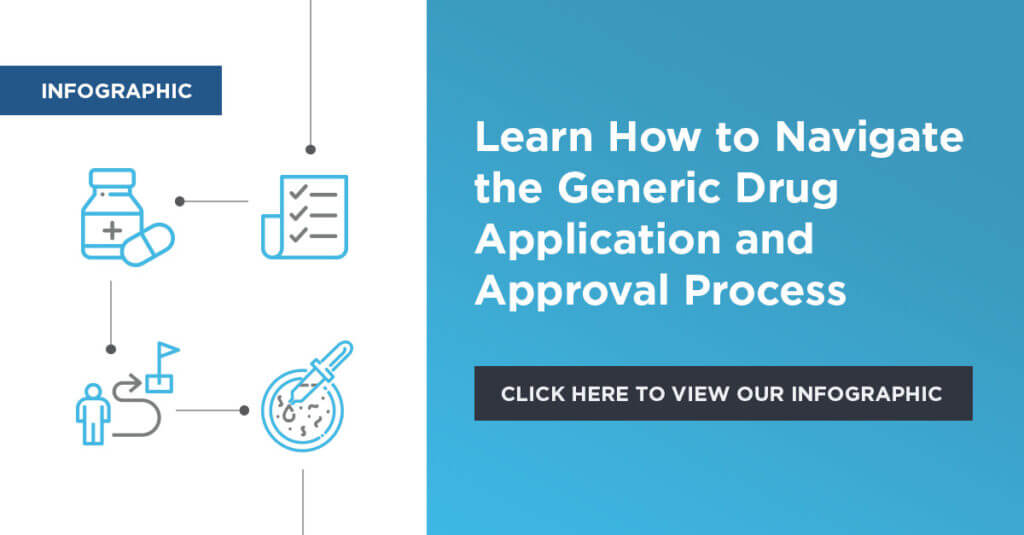June 18, 2021

June 18, 2021

On November 21, 1997, the Food & Drug Modernization Act (the Modernization Act) was enacted by Congress. Section 116 of the Modernization Act amended the Federal Food, Drug, and Cosmetic (FD&C) Act to add section 506A. This section outlines the requirements for making and reporting manufacturing changes to approved new drug applications (NDAs) and abbreviated new drug applications (ANDAs), as well as the requirements for distributing a drug product made with these changes. In order to comply with section 506A, the FDA then revised its regulations regarding supplements and other changes to an approved application (21 CFR 314.70).
In November 1999, FDA issued a guidance document entitled "Changes to an Approved NDA or ANDA." In April 2004, the Agency issues its first revision of the document, which takes the place of the original document (Nov. 1999). The guidance covers the Agency’s recommendations for holders of NDAs and ANDAs who are planning to make post approval changes (in accordance with section 506A). These recommendations include post-approval changes in:
In addition, the guidance document also touches on a number of miscellaneous changes as well as multiple related changes for an approved NDA or ANDA.
If the holder of an NDA or ANDA is planning to make post-approval changes, they first need to specify the types of changes they’ll make which fall under one of three categories: major, moderate, or minor.
A major change "is a change that has a substantial potential to have an adverse effect on the identity, strength, quality, purity, or potency of a drug product as these factors may relate to the safety or effectiveness of the drug product." A major change differs from the others in that it requires the submission of a Prior Approval Supplement, which must be approved by FDA prior to distribution of the drug product made using the change. Under certain circumstances, an applicant may ask the FDA to expedite its review of a prior approval supplement for public health reasons such as a drug shortage or if a delay in making the change would impose an extraordinary hardship on the applicant.
A moderate change is "a change that has a moderate potential to have an adverse effect on the identity, strength, quality, purity, or potency of the drug product as these factors may relate to the safety or effectiveness of the drug product." There are two types of moderate changes, which include:
A minor change is "a change that has minimal potential to have an adverse effect on the identity, strength, quality, purity, or potency of the drug product as these factors may relate to the safety or effectiveness of the drug product." There is no submission or supplement required for minor changes, the applicant must simply describe any minor changes that have been made in its next Annual Report that is submitted to the FDA.
Outside of editorial changes to previously submitted information (such as spelling corrections, or reformatting of records), the holder of the NDA or ANDA must notify the FDA of each post-approval change that extends beyond the variations noted in the application. This is done through a supplement or annual report, which includes a list of all changes along with detailed information on the extent of each change so that the FDA can quickly determine whether the appropriate reporting category has been used. For supplements, the list should be included as a cover letter. For annual reports, the list should be included in the summary section.
Changes in components and composition that may require a changes-being-effected supplement, or an annual report are not addressed in this guidance document. The Agency states that these recommendations are far too complex but may be covered in one or more guidance documents regarding post-approval changes (e.g., SUPAC documents).
Any changes in the quantitative or qualitative formulation, including inactive ingredients that were approved in the application, are considered to be major changes and thus require the submission of a prior approval supplement. In addition, FDA states that "the deletion or reduction of an ingredient intended to affect only the color of the drug product may be reported in an annual report."
If a drug maker changes to a manufacturing site other than those specified in the approved application, CDER must be notified. These sites can include those used by an applicant to:
The supplement or annual report should identify whether the proposed manufacturing site is an alternative to or replacement for the site(s) listed in the approved application.
"Manufacturing sites used to (1) manufacture or process drug products, in-process materials, drug substances, or drug substance intermediates or (2) perform primary packaging operations, the potential for adverse effect depends on factors such as the type of drug substance or drug product and operation being performed." As such, the reporting categories that are recommended may be different for different types of products and operations.
In addition, FDA states that construction activities that are occurring at a manufacturing site or moving production operations within or between buildings, but within the same manufacturing site do not have to be reported to the Agency. It is recommended, however that any move that involves other changes as well (such as process or equipment changes) be evaluated as a multiple related change to determine the appropriate reporting category.
According to the guidance document, "the potential for adverse effects on the identity, strength, quality, purity, or potency of a drug product as these factors may relate to the safety or effectiveness of the drug product depends on the type of manufacturing process and the changes being instituted for the drug substance or drug product." Furthermore, the Agency states that in some circumstances there may be substantial potential for adverse effect regardless of direct testing of the substance for conformance with the approved specification. In these situations, a change must be submitted to the FDA in a prior approval submission.
In its guidance, FDA defines specifications as "the quality standards provided in an approved application to confirm the quality of drug substances, drug products, intermediates, raw materials, reagents, components, in-process materials, container closure systems, and other materials used in the production of a drug substance or drug product." As such, the Agency states that all changes in specifications from those in the approved application must be submitted in a prior approval supplement unless otherwise exempted by regulation or guidance.
A regulatory analytical procedure is a "procedure in the approved application that is designated for use in evaluating a defined characteristic of the drug substance or drug product." According to the guidance document, an application may include alternatives to the approved regulatory analytical procedures for testing the drug substance and product.
The potential that a change in a product’s container closure system will have an adverse effect on the identity, strength, quality, purity, or potency of the drug’s safety or effectiveness is generally dependent on the following:
Typically, a change to or in the packaging component will only result in a new or revised specification for the packaging component, which does not have to be considered a multiple related change. In this case, only the reporting category for the packaging change needs to be considered.
A change in a drug’s labeling includes changes in one of the following:
All promotional labeling and advertising must be promptly revised to be consistent with any labeling change(s) implemented. In addition, "all labeling changes for ANDA drug products must be consistent with section 505(j) of the Act."
Multiple related changes involve various combinations of individual changes. If an applicant has multiple related changes that fall into different recommended reporting categories, "CDER recommends that the submission be in accordance with the reporting category for the individual changes."
As this is simply a summary of the guidance document, we only touched on the "general considerations" that are provided. FDA also provides numerous examples of each type of change that is considered to be major, moderate, and minor. For more information, view the full guidance document.
There are a lot of different factors and variables that go into making a change to a previously approved NDA or ANDA submission. The process of making these changes and submitting them to FDA properly can be an intimidating and daunting task. That is why we are here to help. ProPharma’s team of regulatory experts has more than 35 years of experience and can assist you with all matters related to an NDA or ANDA. From preparing your submission and obtaining initial approval to updating and making changes to your approved application, we can help with all of your regulatory needs.
To learn more about our full suite of global regulatory affairs services and how we can help you get through the FDA successfully, contact us today.

July 14, 2020
An abbreviated new drug application (ANDA) is a “streamlined” marketing application that is submitted to the FDA for review containing information and data about a generic drug product. Once...

September 9, 2020
Biosimilars, by their very nature, are different from generic drugs. The core difference is that generic drugs are chemically synthesized, while biosimilars are grown in complex living systems....

July 16, 2024
The key to successful drug development in the US is directional and focused navigation of FDA’s Investigational New Drug (IND) process. The Chemistry, Manufacturing, and Controls (CMC) section is a...